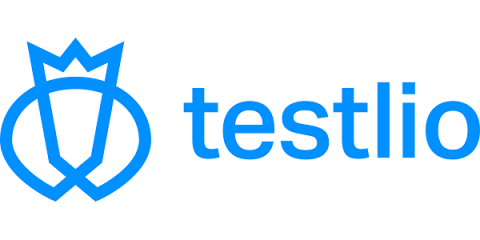Systems | Development | Analytics | API | Testing
Latest Posts
7 powerful female QA leaders across the globe
Fintechs must leverage QA to dominate the 2022 micro-investing app wave
Testlio Launches Business Software Testing Practice
Software Functional Testing Checklist
Even when seamlessly combining manual and automated approaches, testing every functional combination within web or mobile applications is challenging. Unfortunately, this means critical issues inevitably go undetected and make their way into the hands of your customers. We strive for perfect code, perfect releases, and perfect apps, but alas, perfection is a myth. With that in mind, if you cannot catch every issue before a release, at least you can take the proper steps to limit them.
Startups unique opportunity to model workplace diversity for big tech
Late October, the Catalyze Tech Coalition released the Action to Catalyze Tech (ACT) report, which outlined best practices, accountability measures, and systemic changes needed to support workplace diversity, equity, and inclusion in the tech industry.
Why Testlio joined the Continuous Delivery Foundation
Testlio’s vision is imagining software experiences that energize the world. It’s a big vision and a big reason why companies like Amazon, Microsoft, Netflix, SAP, and ViacomCBS work with Testlio. This vision signals a responsibility that goes beyond delivering best-in-class testing services, bringing together a global network of expert testers, and building a platform that enables a new way of testing.
Testlio Raises Series B to Evolve Software Testing
Distributed By Design: What is remote work like at Testlio?
Testlio is a globally distributed company with over 150 TestLions working from more than 20 countries around the world 🌍. While many companies had to quickly transition to a remote model in 2020, at Testlio it has always worked this way — we’ve been distributed by design ever since we started back in 2013. So, what is it like working in a distributed-by-design culture?
How a Shift Left Testing Approach Can Improve Your QA Strategy
In the face of increased demand and competition, software development teams are expected to iterate faster each project sprint. Iterating faster creates a market advantage because it means you can adjust quickly to evolving market conditions, changing end-user sentiment, and an unforeseeable black swan (like a global pandemic). However, increased software delivery speed cannot come at the expense of a high-quality end-user experience.




